The capital of Hungary Budapest actually consists of 3 united cities: Buda and exercise on the West Bank of the Danube and Pest on the eastern shore. Most of the city received the status of the UNESCO World Heritage Site, and many tourists consider it one of the most beautiful cities in Europe.
The city successfully combines an exciting story with a bright, relaxed modern artistic style. Tourists can see and make many different things, from museums to thermal resorts, so everyone can find something that will delight him. I will tell you about 25 places that you should look at Budapest.
1. Parliament building
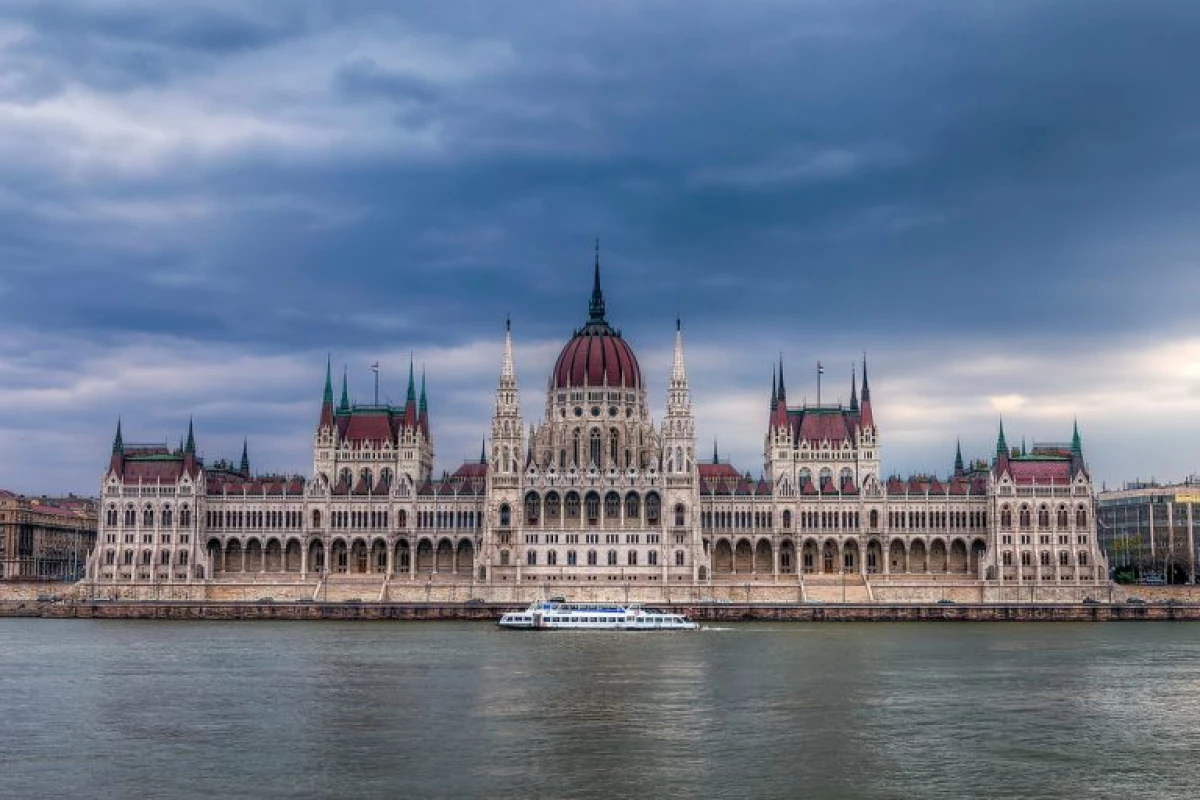
The building of the Hungarian parliament, designed and built in the style of non-neotic rebirth, is one of the largest buildings of Hungary, it houses hundreds of parliamentary offices. Although the building looks fantastically from all sides to see all the building in all its glory, it is worth considering it on the other side of the Danube.
Excursions for certain parts of the building are available daily and are held in different languages. To get inside, you will need an identity card, and your bag can be seen when entering. Here you can book the most popular excursion with the guide.
2. Visit Gellert Spa
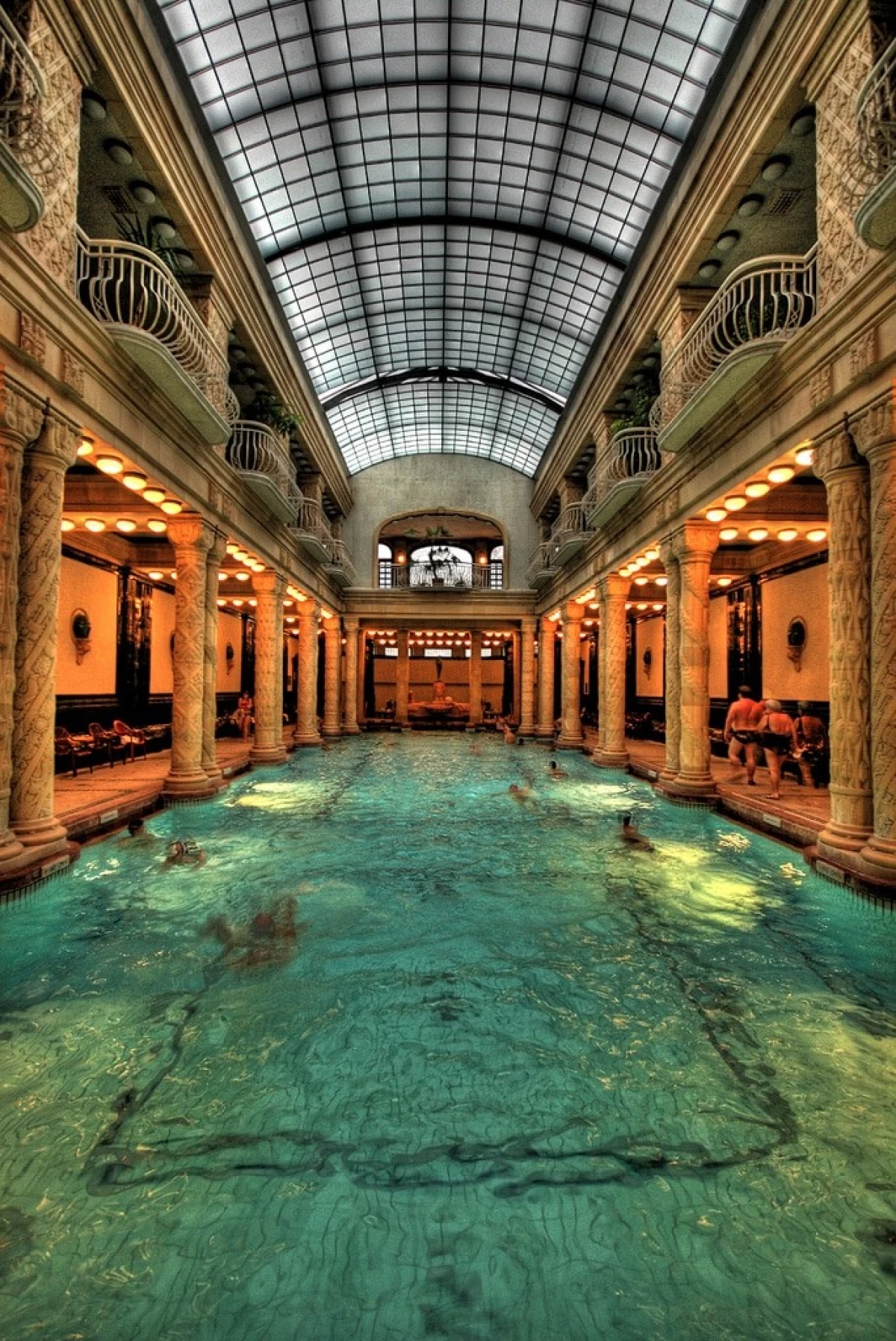
One of the greatest spa centers of the city is a spa manager Gellert, which includes an outdoor pool, a hype pool, a Finnish sauna and a number of other saunas and swimming pools.
For an additional fee, you can order a massage and other spa treatments. Initially, the complex was built in the period from 1912 to 1918 in Modern style, but during World War II, he was seriously damaged. In 2008, the entire spa center was completely renovated to return to the baths former glory. Baths are open all week for swimming.
3. Square Heroes

At the Heroes Square (Hosök Tere), which is located at the end of Andrassy Avenue, there is a cult monument with images of seven Magyar leaders, which are believed to have led the Hungarian people from Central Asia to the Carpathian pool.
The central column shows Archangel Gabriel, holding a Hungarian crown. On both sides of the central column there are two identical colonnades, which depict other historical Hungarian characters. Impressive buildings on both sides of the area are art galleries.
4. Margaret Island
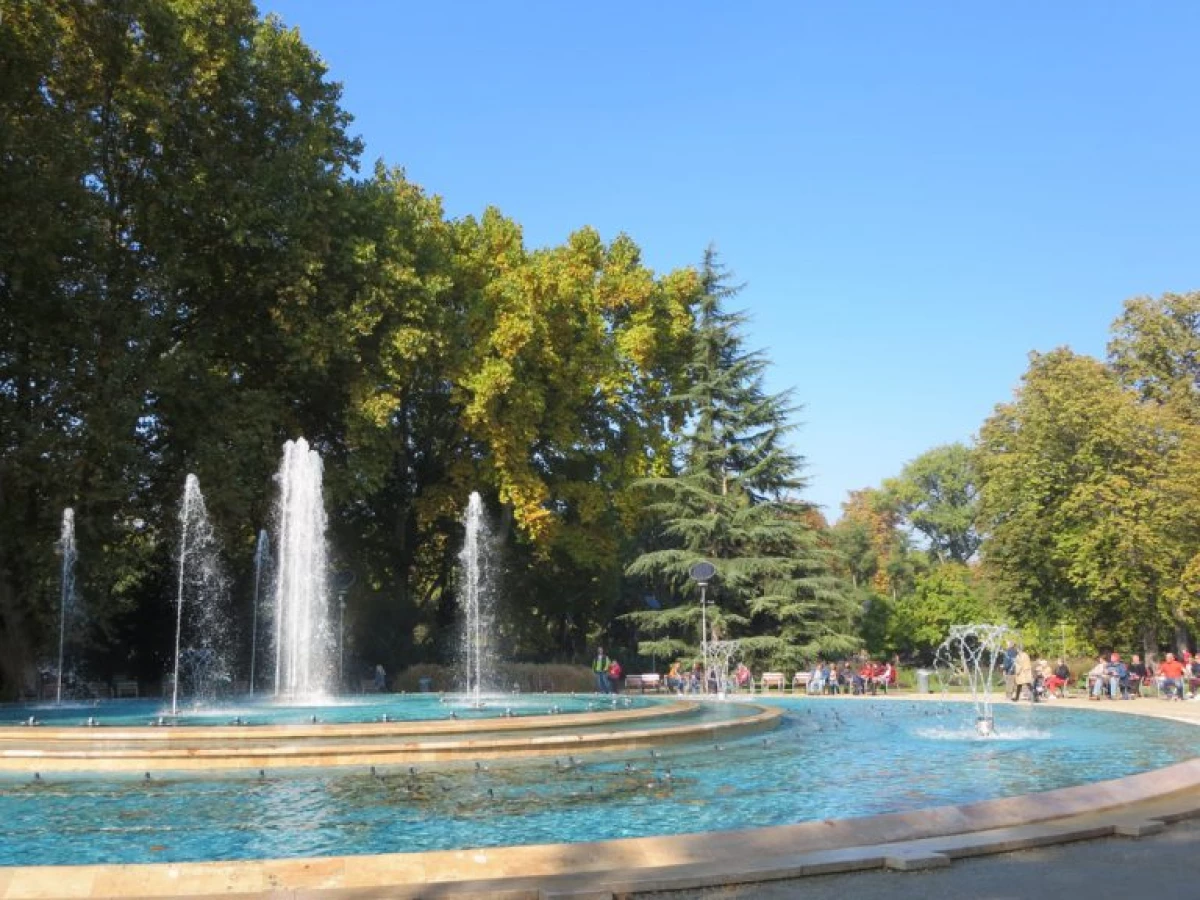
Margaret Island is an island of 2.5 km long, located in the middle of the Danube, covered with parks and relaxing sites.
There are a number of companies that rent a golf cart and other autonomous vehicles so that you can explore the island as it should.
The treadmill with a length of 5.5 km with rubber coating ishing the island and is a popular place to run a coward. One of the most famous sights of the island is a "musical fountain", in which water "dances" under classical music.
Other notable features of the island are medieval ruins and a small aviary, which mainly serves wounded waterfowl.
5. Embankment Danube
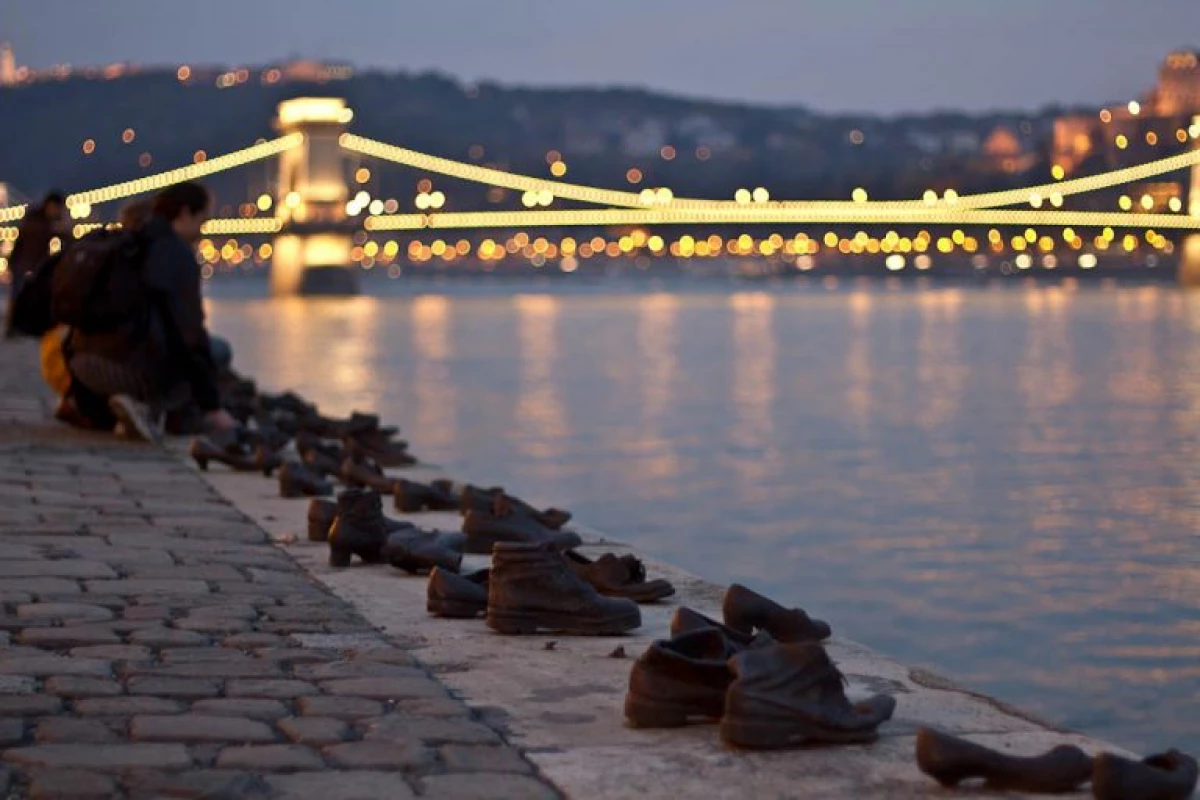
This segment of the Danube track goes from Elizabeth's bridge to the chain bridge and is ideal for those who want an interesting walk. Walk through the Danube is a great way to see many of the most famous sights of Budapest.
You will see the Buday Castle, a statue of freedom on the Hellert Hill and Fisherman Bastion. On the Embankment of the River, you can visit the restaurants, cafes, the Schecheny area of Ishthan and many different sculptures, including a small princess.
Danube is also perfect for river cruise, there is a cruise with dinner and folklore show (with Gypsy music), which you can order here.
6. House terror
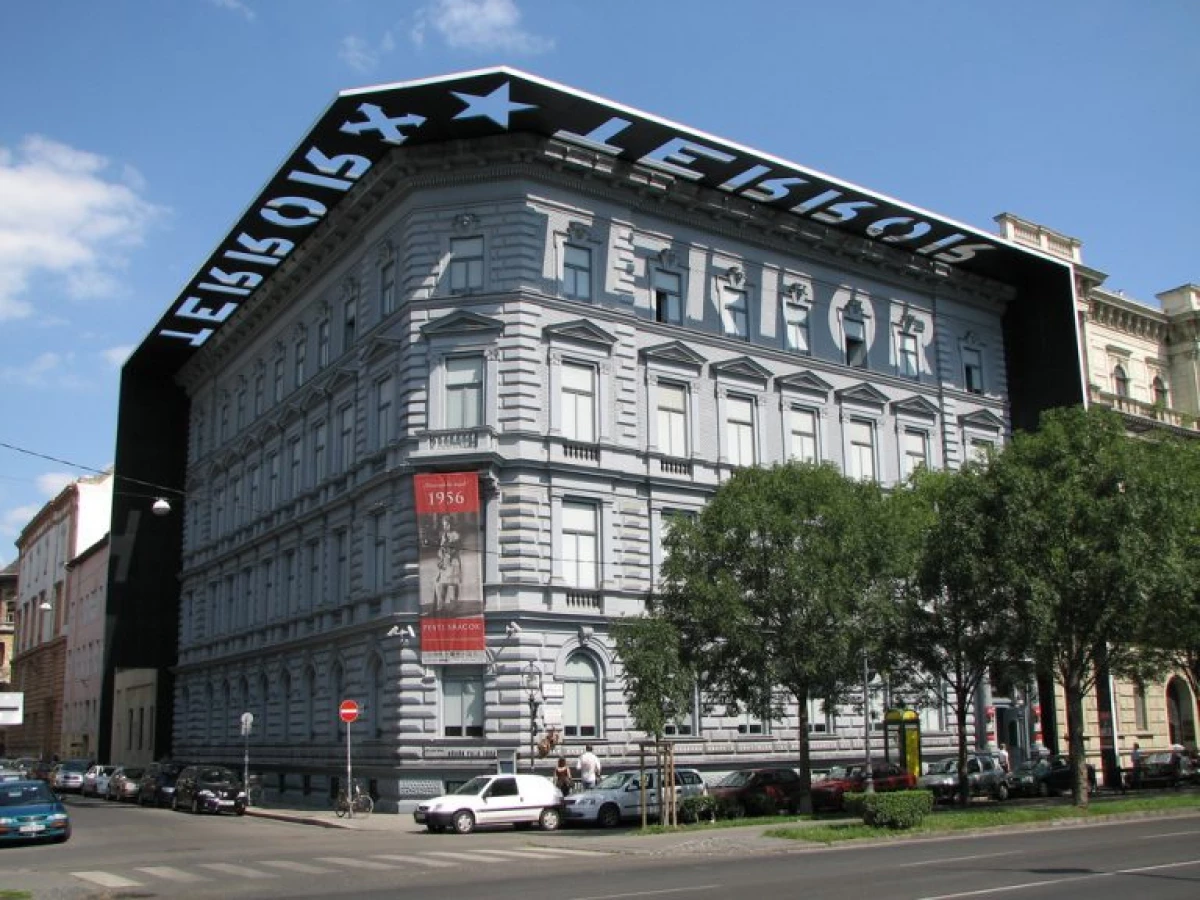
The terror house holds exhibitions about the fascist and communist regimes that rule in Hungary in the 20th century. The building itself was the former headquarters of the party "Part of crossed arrows", and later it was used by the State Security Services of Hungary as a prison and torture.
It is possible to take a walk along the prison territory in the basement. The exhibition provides information about both modes, as well as reviews of some sacrifices. In addition to exhibitions in the building, other temporary exhibitions are often placed.
7. Basilica of St. Stephen
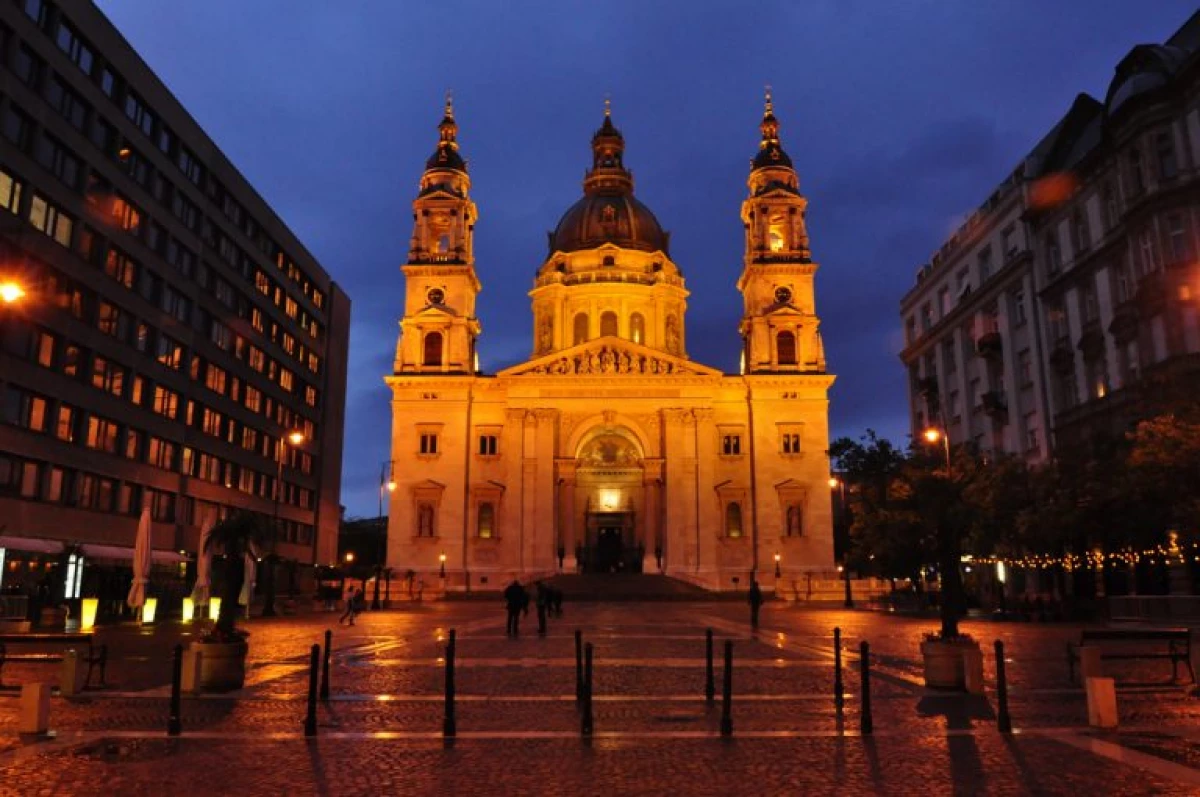
This basilica is one of the most important religious buildings in Hungary, and visitors of Reliquarian can see the right hand of Stephen, the first king of Hungary. Since this is holy place, visitors planning to enter the church, asking to cover their knees and shoulders.
Who wishes can rise to the founding of the dome and admire the city. On a clear day, this is an excellent point of view from which you can see Budapest from the air. Concerts of classical music and organs regularly pass inside the basilica, and sometimes on the square outside.
8. Hungarian State Opera House
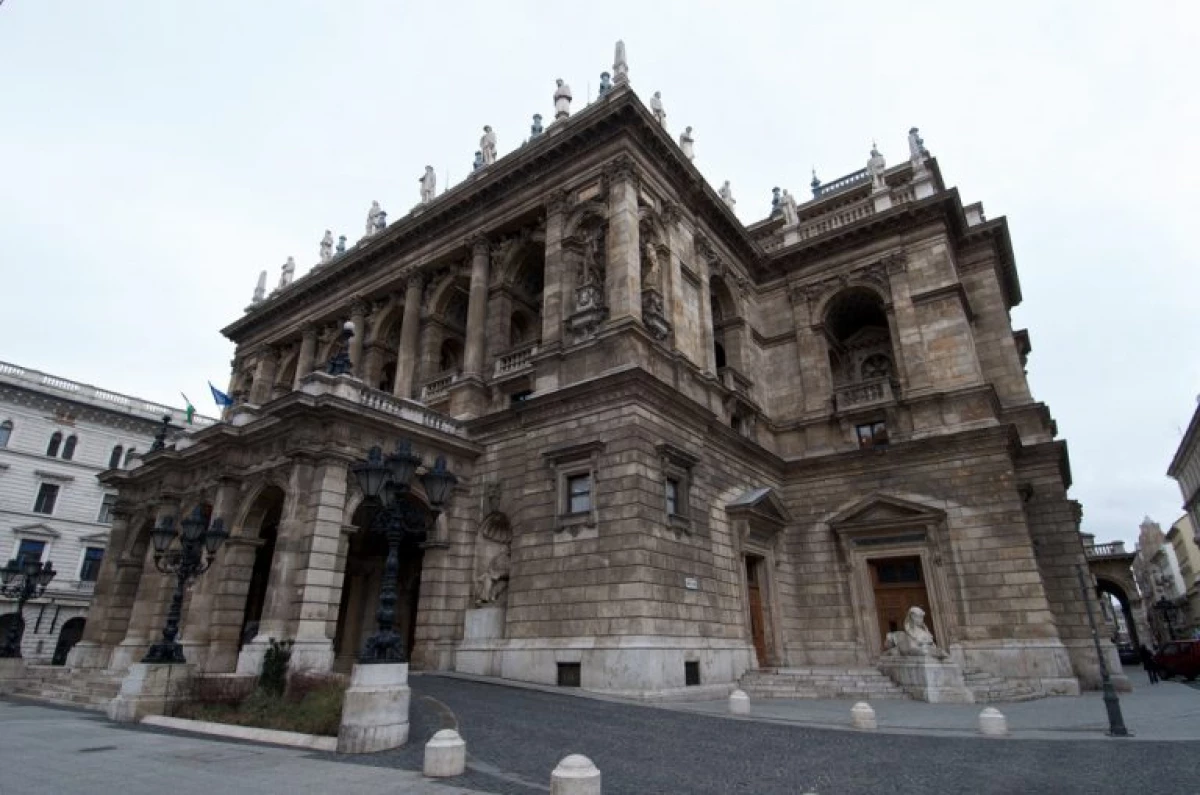
This neo-source style building was first discovered in 1884 by order of Emperor Franz Joseph. Outside the building you can see the Erkel Ferens statues (composer of the Hungarian State Hymn) and Ferenz Leaf (Hungarian Composer).
The auditorium at 1200 places is considered one of the world's best for opera performances, and buy a ticket to the view is worth it.
Ticket prices start from 500 feet. If you can not find the time to see the idea, excursions through the Opera House are held during the day, although they usually need to be booked in advance.
9. Rybatsky Bastion.
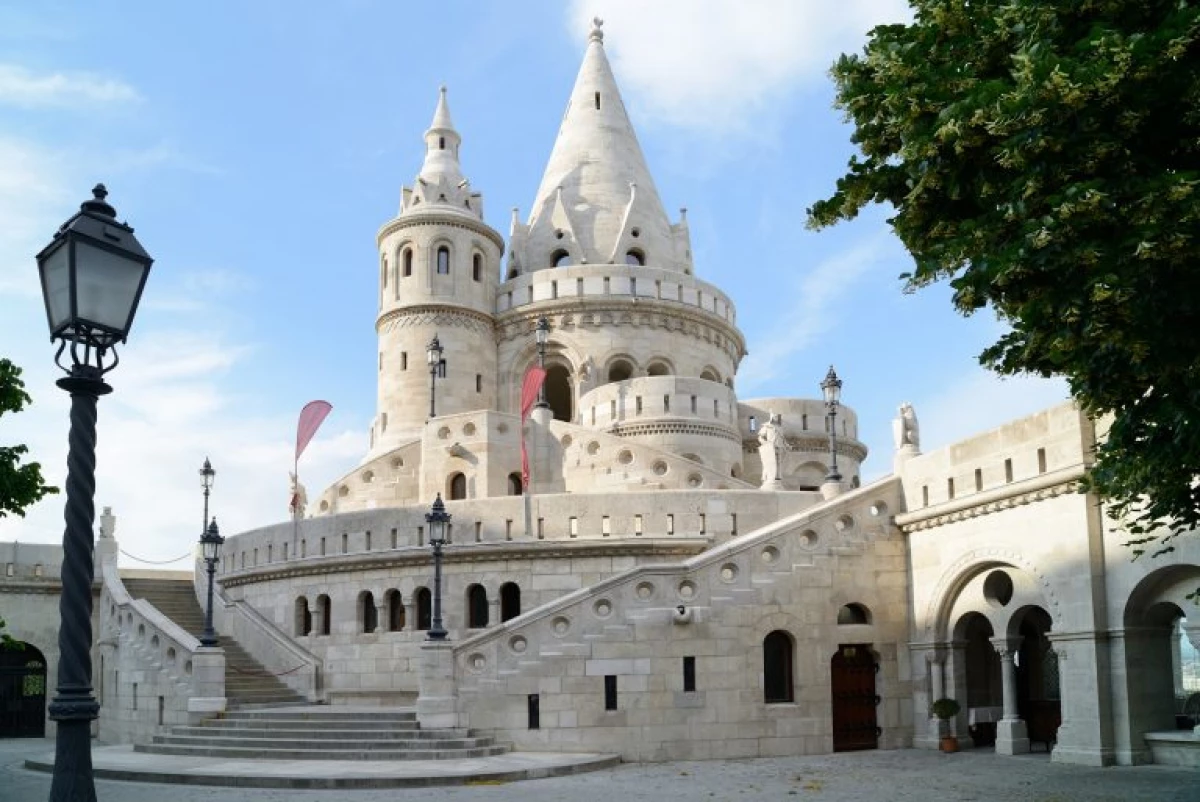
Although the fishing bastion looks like a medieval monument, in fact it was built at the beginning of the 20th century in a neo-neutic style to serve as a panoramic viewing platform through the Danube, Margaret Island and Pest.
It is named after the fishermen guild, which in the Middle Ages was responsible for the protection of this site of urban walls.
Seven bastion towers represent seven Magyar tribes that helped to settle the Magyarsky people in the Carpathian basin. Come at sunset to admire a particularly beautiful view of the city.
10. Invisible exhibition in Budapest
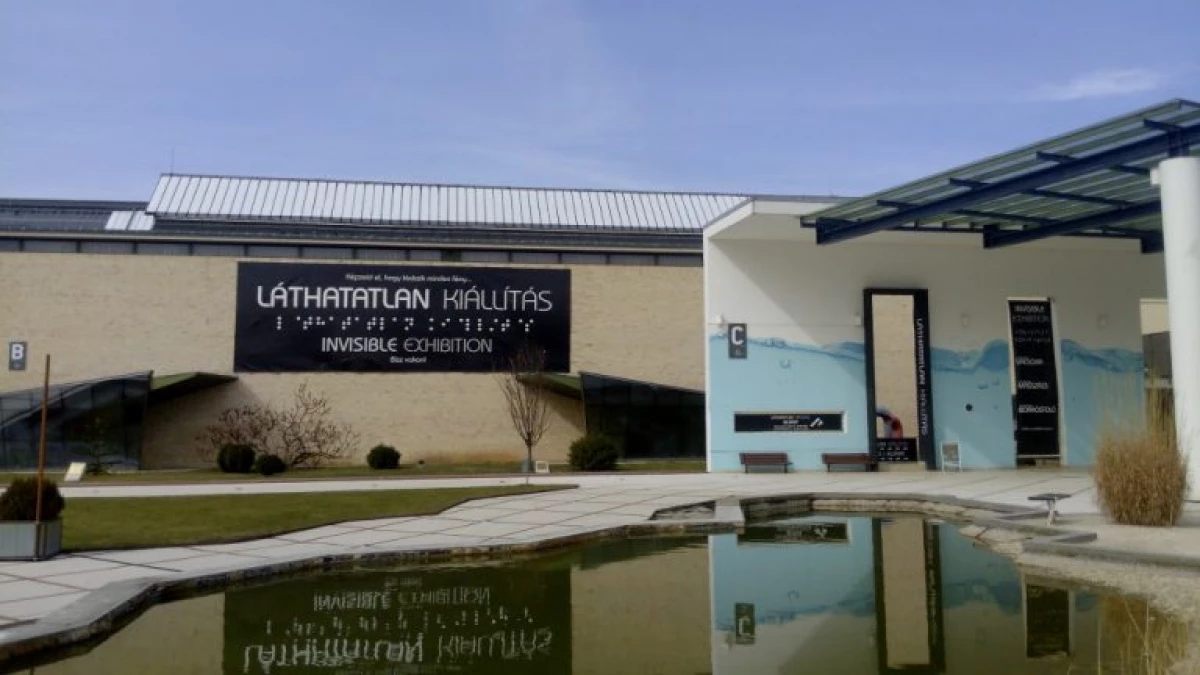
An invisible exhibition is aimed at giving visitors the opportunity to get acquainted with the life of completely blind people. The guide will hold you on different artificially created environments (garden, supermarket, bar, etc.), which are in completely dark rooms.
Upon arrival, you will be asked to turn off any potential light sources, such as mobile phones or digital clock so that there are no light in the rooms. After the exhibition, you can enjoy dinner in the dark, which serves blind waiters who will help you navigate.
11. Wine cellar FAUST
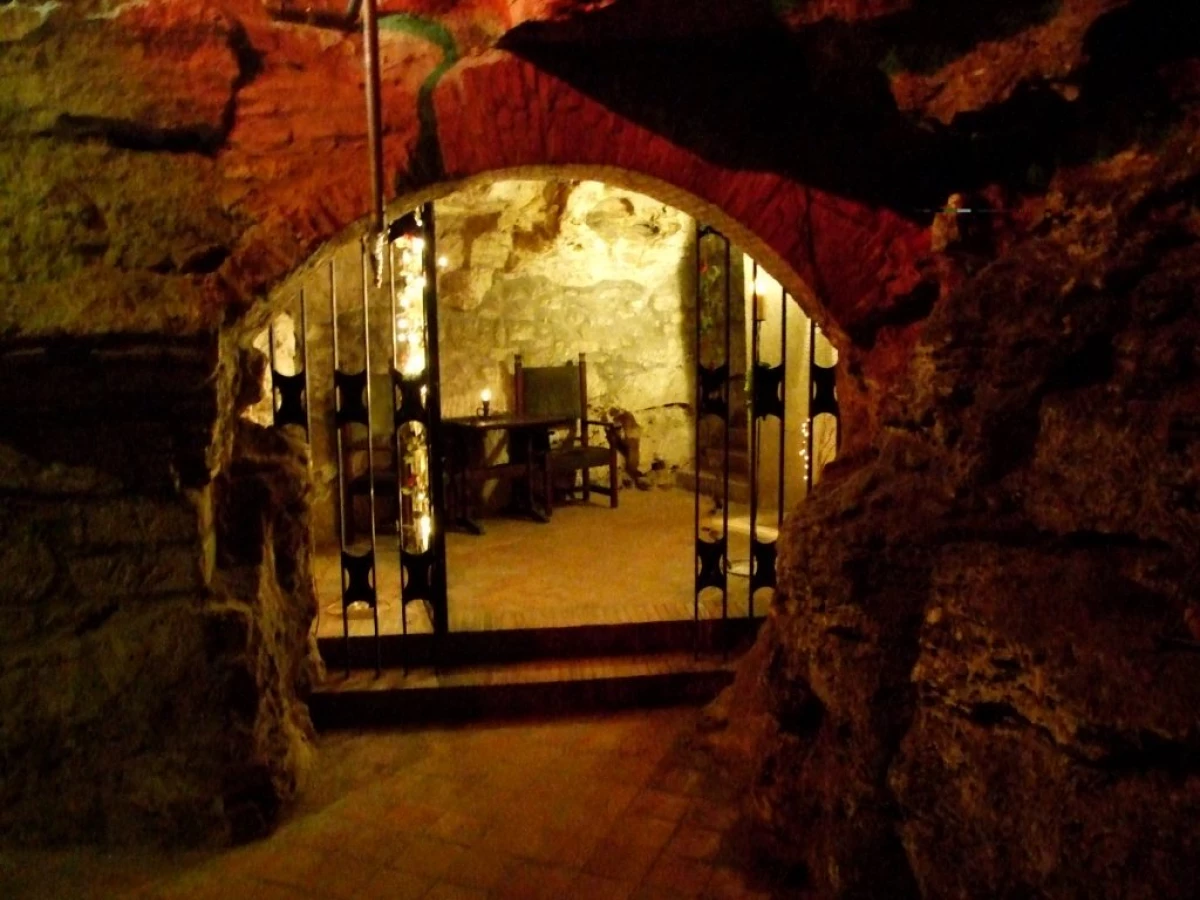
This historic wine cellar, located under the Buday Fortress, is an ideal place to try wines from 22 Hungarian wine regions. You will also have the opportunity to try the traditional Hungarian Fruit Palinka. Sommelier will give you recommendations on tasting during your visit so that you can get a maximum of pleasure from each wine you will try.
A number of different tasting programs are available, depending on how much time you have and how much you want to spend. Due to the size of the basement, it is recommended to book places in advance.
12. Memento Park

This wonderful sculpture park is now home for some of the many communist monuments and statues that were scattered around the city during the Communist Era.
These statues were either removed by the government as part of the decombid process, or they were forcibly removed by the Hungarian people in protest against the previous regime.
When the park was opened in 1993, he became a place to demonstrate some of these monuments and demonstrate an important part of the history of the city.
The small museum on the territory also includes temporary exhibitions about life in communist mode, including information about the Hungarian Secret Police.
13. Synagogue on tobacco street
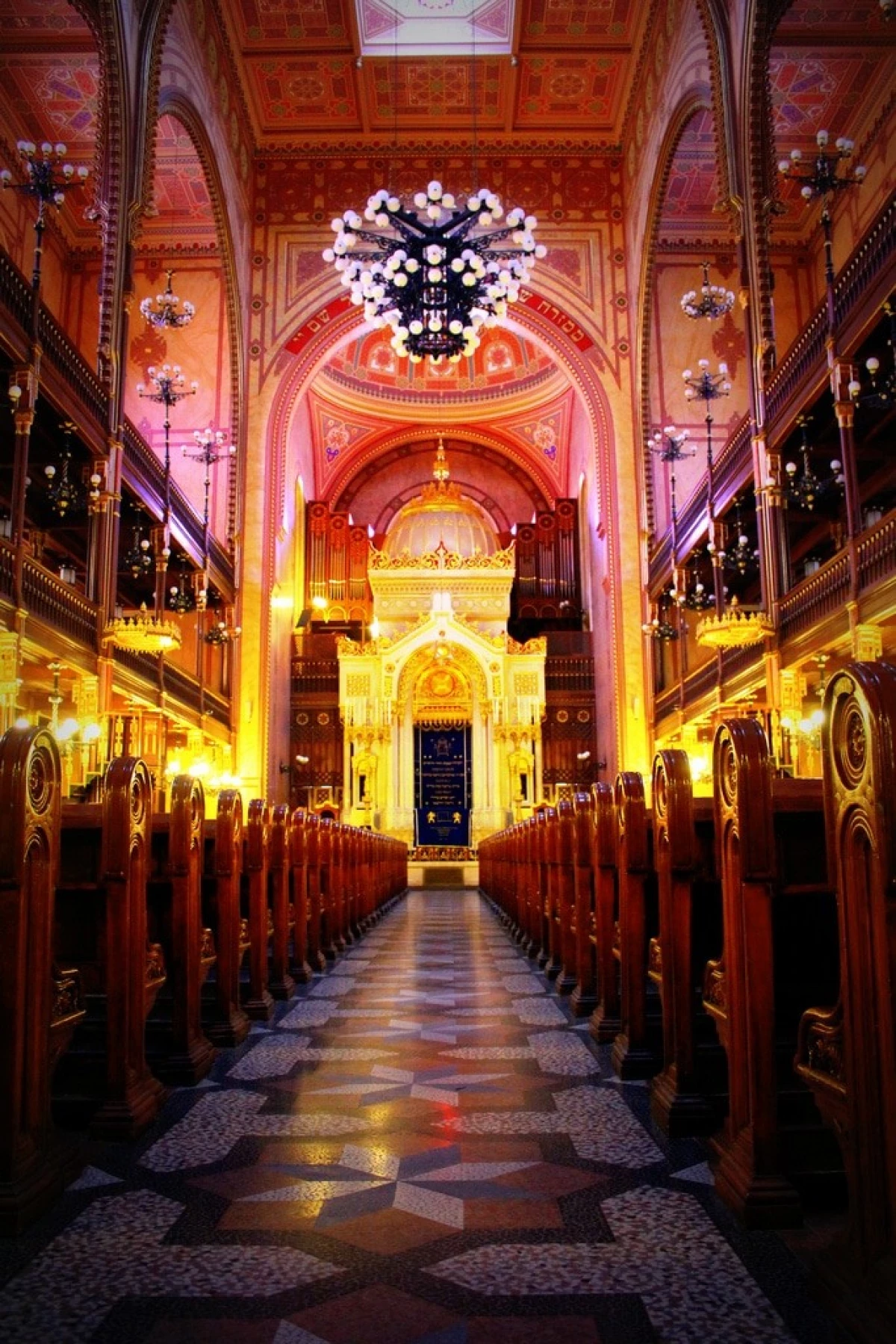
This synagogue is currently one of the world's largest outside Israel, despite the fact that the Jewish population of Hungary has significantly decreased during World War II.
The interior and the garden were renovated in the 1990s, while most of the funds came from the Hungarian Jewish diaspora worldwide.
In the garden you can see the Walking Weave Memorial, on the metal leaves of which the names of some of those killed during the war are indicated.
A monument is also installed a monument to Swedish diplomat Rulya Wallenberg, who helped save hundreds of Hungarian Jews from concentration camps and ghetto.
14. Flea Market Esery
This fantastic flea market on the outskirts of the city is a great place for profitable purchases. Here you can find many different interesting things.Even if you do not plan to buy anything, you can still wander among the counters. In the kiosks, everything is sold, from retro style to commemorative things of the communist era. It is recommended to bargain, although it is worth expecting that you have to pay a little more if you are not local.
15. Ruins Pub.
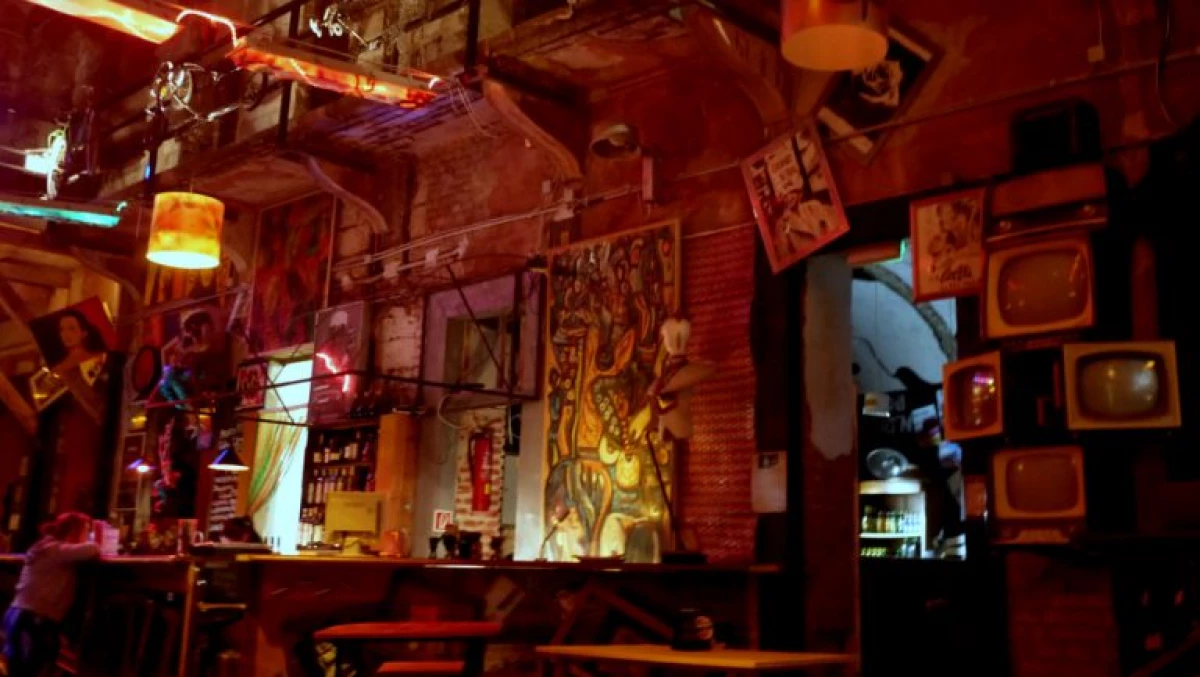
Budapest is famous for its "Ruins Pubs" in which Shebbi-Chic is in fashion. The best ruins pubes are located in spacious abandoned buildings filled with comfortable, but a bit of worn furniture.
Each pub is your unique style, popular ruins-pubs are Instant, Fogas Ház, Kuplung and Szimpla.
16. Central Market
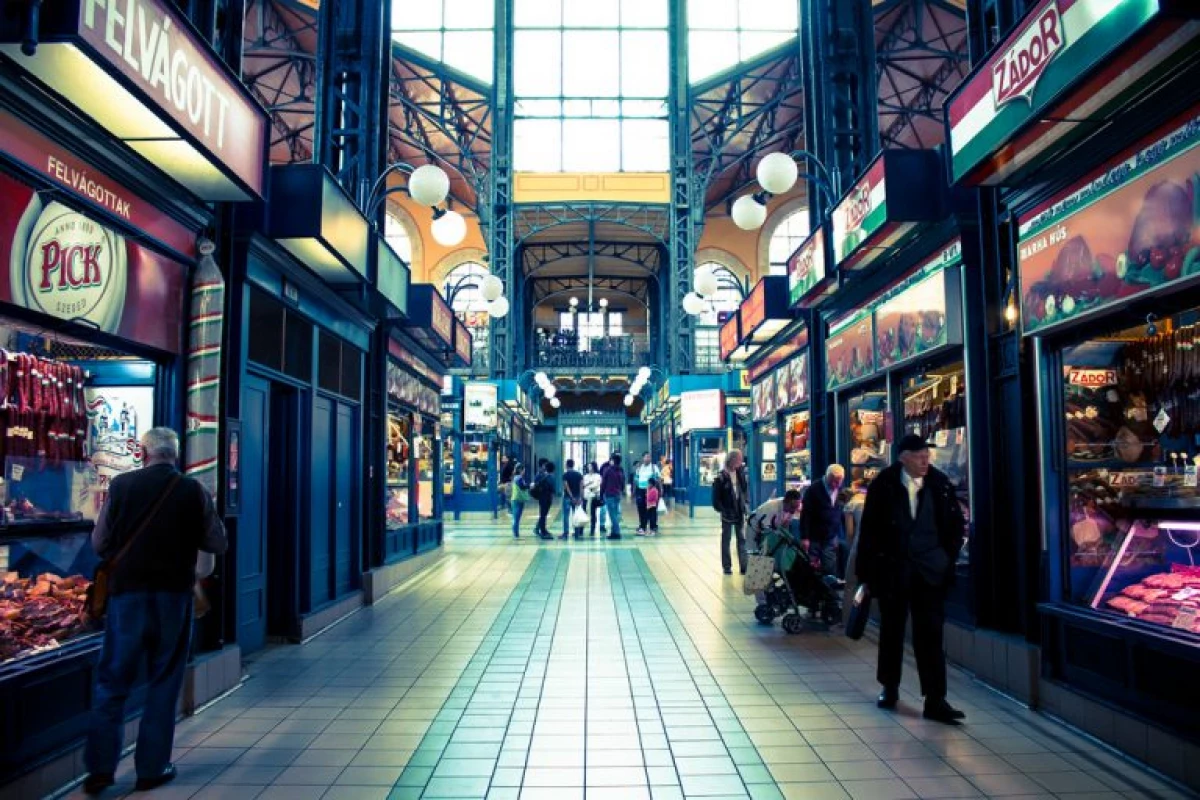
Although many local residents still use the market as a place to buy products, the market is incredibly popular and among tourists.
Local fruits and vegetables are sold on the lower floors, as well as the meat of local production, and souvenirs are sold on the upper floors, including lace, chess and leather products.
In addition to individual ingredients, in the food kiosk at the top you can pick up homemade local delicacies, such as Goulash and Lango.
17. Funicular on the hill of the Buday Fortress

This funicular, which first opened in 1870, is the second oldest funicular of this type in the world. The system of cargo and counterweight helps raise and lower the carts from the hill. The funicular is the fastest way to get to the top of the castle mountain, and it is extremely popular due to panoramic views of the Danube.
Since 1988, the rate of lift has been reduced so that passengers have more time to enjoy a trip. The route is open daily until 22:00, so it is also a great way to enjoy the views of the foot at night.
18. Buday hills
Buda Hills is one of the green areas of the city, it is very popular among the inhabitants of Budapest, who want to relax a little from the city bustle.There are various pedestrian routes, as well as routes for mountain bikes from simple to medium level of complexity.
For those who want to explore the hills in more detail, visit the Children's Railway. Around many places for a picnic.
19. Andraha Avenue
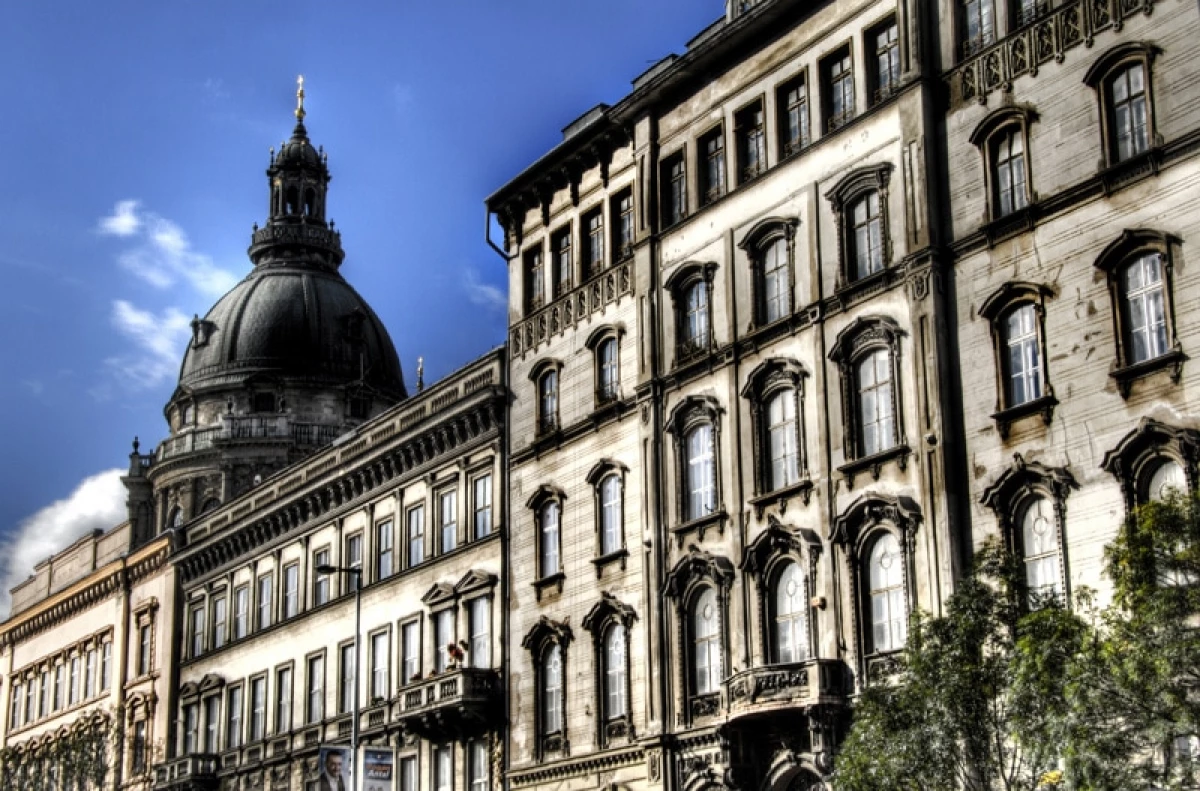
This wonderful boulevard leads visitors from Erzhebet Square in the center of Pest in the city park. Thanks to his interesting cultural heritage, in 2002, he was declared a world heritage.
Andrassi walk is an excellent way to see several different architectural styles of Budapest, including the Hungarian National Opera, Townhouses and Neo-Isoressance Style Mansions, as well as a number of different national embassies.
If you do not like to walk through the boulevard, use the subway line, which passes under the avenue, is the third oldest underground railway in the world.
20. Statue of Freedom
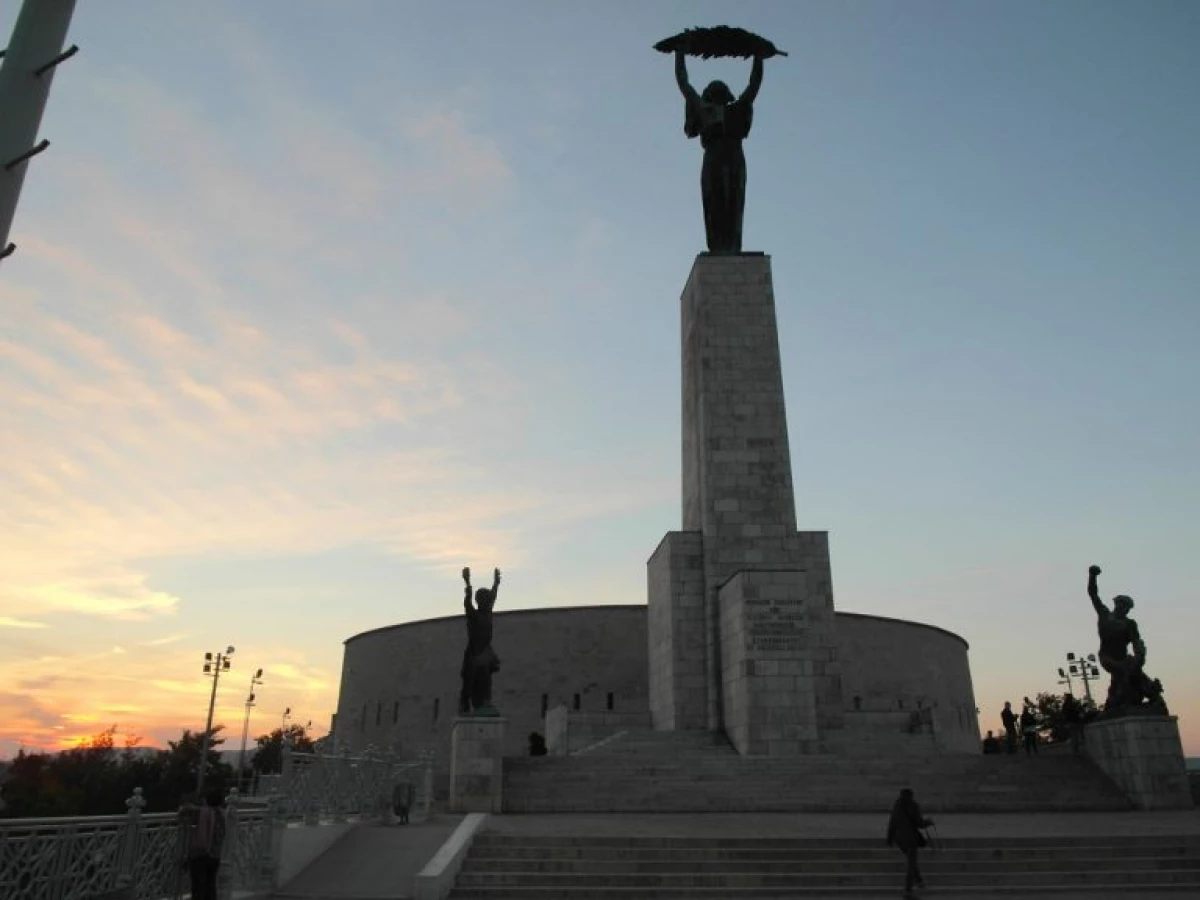
The Statue of Liberty on the Hill Gellert is one of the few outstanding communist statues that remained in place after the transition to democracy, in part because of their sign location overlooking the city.
The statue was first established in 1947 in memory of the Soviet troops who died under the liberation of the country, but later the engraving was changed so that she perpetuated "everyone who gave their lives for independence, freedom and prosperity of Hungary."
Panoramic views from under the statue do not have equal and help to make a walk to the top of a hill that costs.
21. Citadel
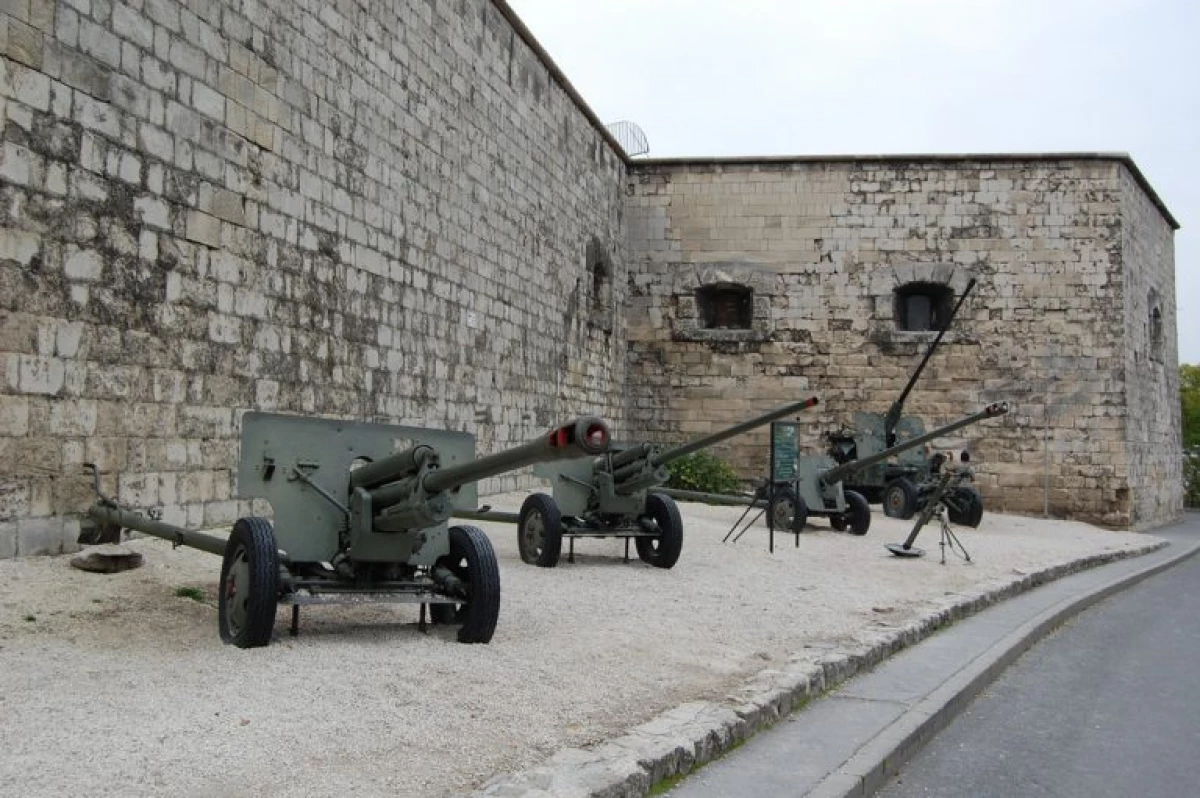
The Citadel, which is located on the top of the Hellert hill, was built by Habsburg after the Hungarian War for Independence.
It was believed that his main strategic position would allow to easily control and fell in the event of any future uprisings.
The troops were in the Citadel until 1897. Soviet troops again used a fortress for control over the city during the 1956 Hungarian revolution. In the Citadel are now a restaurant, a hotel and a museum.
22. Complex Cement

Complex Cechenage is the largest "healing" bath center in Europe. Water is rich in sulfates, calcium, magnesium, bicarbonate and fluorine, which are considered to help patients with joint diseases and other medical problems.
For those who just want to enjoy the relaxing power of thermal pools, there are many different thermal pools on site, as well as saunas and steam room. For an additional fee, massage and cosmetic procedures are also offered. Two outdoor pools - fantastic places to visit cold and dark at night.
23. City Park
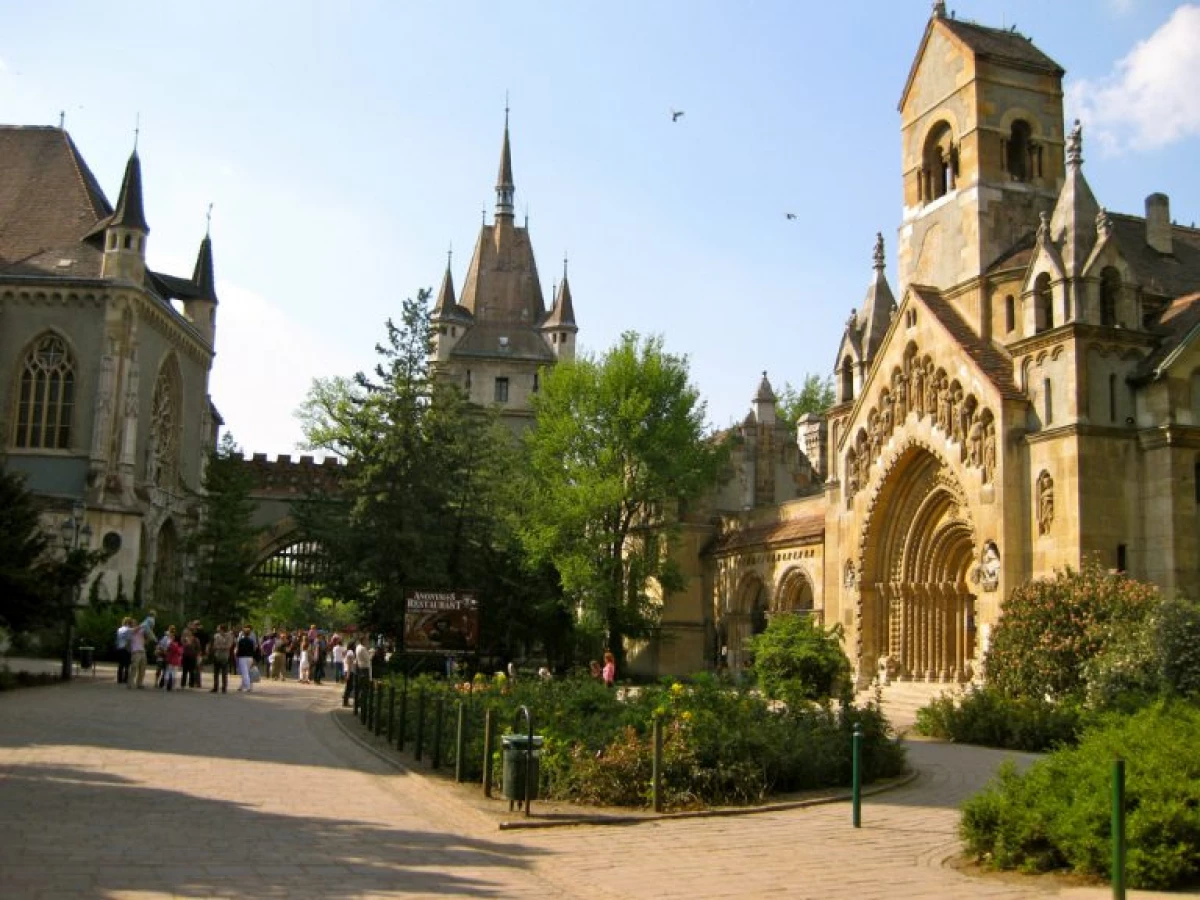
City Park is a great place to leisure residents of Budapest. There are sports facilities, pools and a lake for boating. In winter, the lake for boating riding turns into one of the largest rinks in Europe.
The park also contains Budapest Municipal Zoo and Botanical Garden, Budapest Circus and Vaidakhunyad Castle (where the Museum of Hungarian Agriculture is located).
Immediately outside the park, you can find a time wheel that is one of the largest sand timers in the world. In this sandy timer, all glass is required 1 year to fall from the top into the lower, and the timer turns every new year.
24. Hungarian National Museum

In the Hungarian National Museum, thousands of exhibits are collected, telling about the history, art, religion and archeology of the country, including exhibitions from the areas that are now considered outside Hungary.
Silent gardens outside the museum are considered a popular meeting place and especially popular in the summer months.
25. Museum Aquincum and Garden Ruins
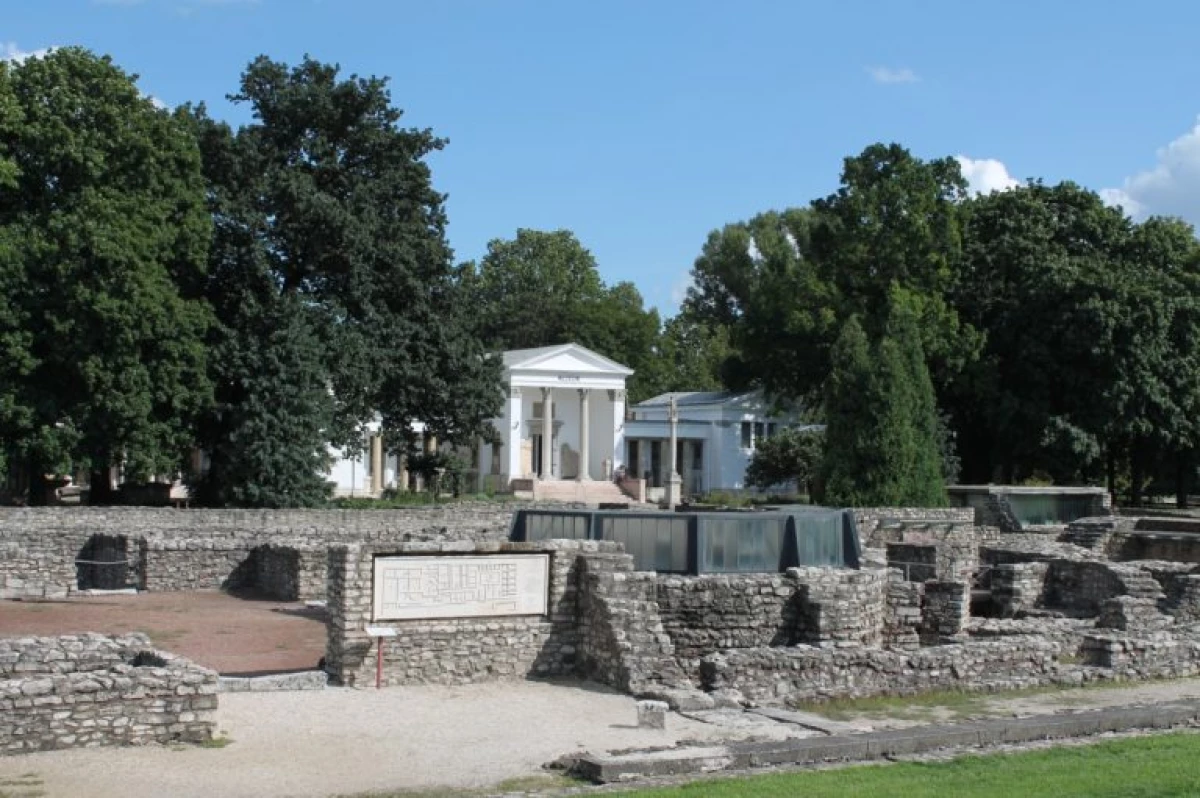
This is an excellent chance to get acquainted with the ancient history of Hungary. Aquinkum was the Roman city, which stood on the site of today's Budapest and served as an important military base in the ancient Roman Empire.
You can stroll through some ruins, including the ancient gladiatoria amphitheater, and other facilities, such as the city bath.
In the very museum, you can see various Roman relics and a current copy of the well-known water body, which was found in the area in 1931.
